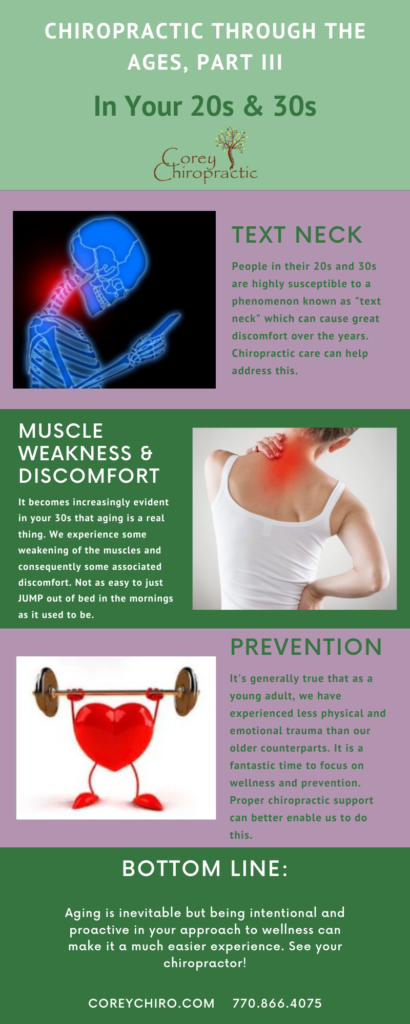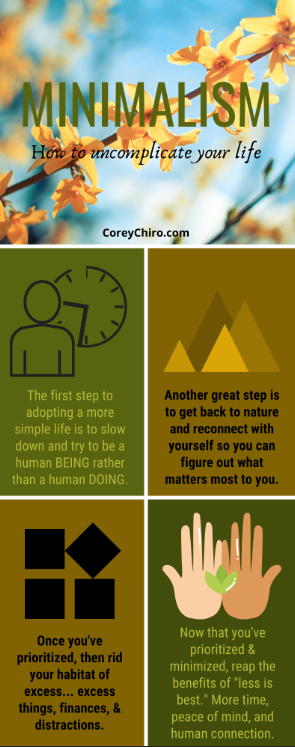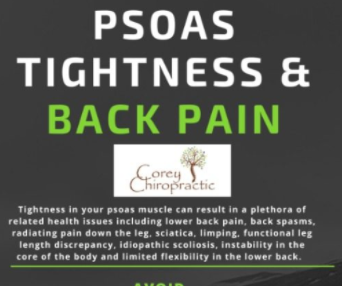
We spend roughly one third of our lives in bed. Think about that. 33% of your life is spent on your mattress. Although many factors come into play that will help determine the quality of your sleep, the state of your nervous system and the amount of tension you’re carrying in your body are the biggest factors. So, what should we or shouldn’t we be looking for when mattress shopping? Let’s start with what we don’t recommend. Tempurpedic and memory foam mattresses are not ones we particularly recommend. I know, right?! They are everywhere! But there are a few reasons you should expand your search to find an alternative. These types of mattresses are generally not exceptionally durable. And I know if you’re dropping a pretty penny on a new mattress, you want it to last awhile. Also, these mattresses sometimes contain chemicals that are not healthy for anyone. In fact, most mattresses contain some kind of petroleum based chemicals, toxic foams, synthetic fabrics, and/or fire retardant barriers. These chemicals have been found to off-gas, exposing your family to dangerous levels of toxins while they sleep. Eek!!! We’ll talk about organic mattresses later on.
Memory foam, specifically, tends to cast your body into a mold per se. While it may be comfortable at first encounter, the ability of memory foam to mold to the body has caused people to report feeling stuck or as if they are sinking into their bed. Experts agree that our bodies actually need to be able to move freely while sleeping and sinking into your mattress may hinder that. The contouring around the body that I mentioned can also limit airflow, causing heat buildup in the mattress and on the skin. So, if you sleep “hot,” these mattresses may not be ideal. And while on the topic of soft memory foam, let me mention that pillow top mattresses are not really great for us either. They also seem rather comfortable to many people, but they lack firmness needed to provide your body with proper support during the night which is critical. It’s safe to conclude that a mid-firm mattress is most ideal. This is because it will provide the support necessary for spinal health but not put so much pressure on the sacrum, the shoulders, and the back of the head that it can throw you out of alignment.
Now for the “dos!” It is widely recommended to get a new mattress approximately once every 10 years or when it no longer does its job. By now we know that doing its job includes supporting the body without throwing your spine or hips out of alignment, allowing your body to move freely, not causing you to over-heat, and not exposing you to carcinogens while you sleep. Believe or not, we are going to suggest an old-school coil mattress with as little pillow top as possible. That’s right! Sometimes basic is best. Then there’s the “flipping” of the mattress, a.k.a. “rotating.” This practice is especially important when you have a two people in which there is a substantial weight difference. Although most modern mattresses are more resilient to this uneven wear and tear than their predecessors, it’s still a wise practice to rotate your mattress. Rotating the mattress horizontally (in a clockwise fashion) is recommended once every six months or so. This is will help extend the life of your mattress.
Earlier, I mentioned organic mattresses. Organic mattresses contain natural materials that smolder instead of igniting, which means they are made without toxic flame retardant chemicals. In other words, they don’t off-gas nearly as many harmful chemicals that can negatively impact your health. Our favorite kind of organic mattress is a bamboo mattress. That is because comparatively, it is one of the cleanest and coolest materials you can use. You’ll find that many bamboo fiber products are hypoallergenic. This way, they give no room for bacteria and fungi to build upon them. They’re also regarded to be “free from wetness.” A bamboo mattress will absorb any moisture on them so even as it tries to regulate body temperatures, it will soak up any sweat released, preventing it from accumulating. And while lying on a bamboo mattress, your spine will be positioned properly and supported fully while avoiding many aches and pains commonly associated with other types of mattresses. The result is a comfortable night’s sleep, ensuring you wake up relaxed at dawn.
There we have it. It’s probably more than you ever wanted to know about mattresses. But as I always mention, your total optimal health is the most important thing to us at Corey Chiropractic. And a consistent good night’s sleep is absolutely critical to maintaining good health. But it’s important to note that if you are not getting regular chiropractic adjustments, it doesn’t matter what kind of mattress you have. Getting adjusted allows for the most range of motion in your body and helps optimize your nervous system. A mattress should be used as a tool to maintain your ideal state of health once you’ve achieved it. Thanks for stopping by!

References:
https://www.sleepfoundation.org/bedroom-environment/touch/how-bed-surfaces-affect-your-sleep
https://thriveglobal.com/stories/5-surprising-ways-your-mattress-affects-your-sleep-and-health/
https://www.webmd.com/sleep-disorders/features/best-mattress-good-nights-sleep
https://www.webmd.com/sleep-disorders/features/how-to-pick-your-perfect-mattress
https://www.chiroeco.com/?s=mattress
https://laylasleep.com/memory-foam-vs-spring-mattresses/
https://www.upscalelivingmag.com/the-benefits-of-bamboo-mattresses/

















